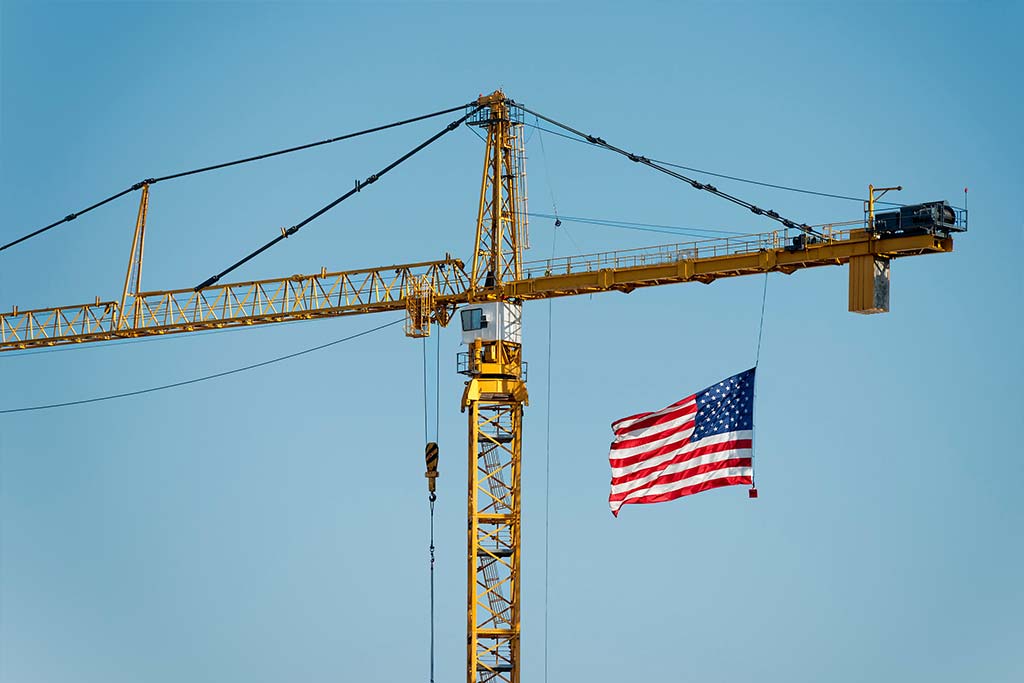What are Public-Private Partnerships?
Public-Private Partnerships (PPPs) are collaborations between government agencies and private sector companies, in which both parties work together to achieve a shared goal. PPPs can take many forms, including contracts, concessions, and leases, and can be used to finance, build, and maintain a wide range of projects, including housing, infrastructure, schools, hospitals, and more.
Benefits of Public-Private Partnerships
There are several potential benefits to using PPPs for public projects:
- PPPs can bring in private sector expertise and innovation to the public sector, which can lead to more efficient and effective delivery of services.
- PPPs can provide a way for the government to access private financing, which can be especially useful for large, complex projects that may be difficult to fund through traditional means.
- PPPs can transfer some of the financial risk of a project from the government to the private sector partner, which can be particularly appealing for projects with uncertain outcomes or high levels of risk.

Challenges of Public-Private Partnerships
Despite their potential benefits, PPPs also come with some challenges that need to be carefully considered:
- PPPs can be complex and time-consuming to set up, especially if they involve a large, multi-faceted project.
- There can be concerns about accountability and transparency in PPPs, especially if the private sector partner is not subject to the same level of oversight as the government.
- PPPs can also raise concerns about fairness, as private companies may be motivated by profit rather than the public good. This can lead to concerns about whether the private partner is prioritizing the needs of the community over their own financial interests.
More Than Two-Thirds of Universities See Growth of Public-Private Partnerships on Campus
—PRESS RELEASE FROM P3•EDU

Best Practices for Public-Private Partnerships
There are several key steps that governments can take to ensure that PPPs are successful and provide value to the public:
- Clearly define the roles and responsibilities of all parties involved in the PPP, including the private sector partner, the government agency, and any other stakeholders.
- Establish clear performance metrics and benchmarks to measure the success of the PPP and ensure that all parties are meeting their obligations.
- Ensure that the PPP process is transparent and open to the public, including through the use of public notice and comment periods.
- Carefully consider the long-term implications of the PPP, including any potential risks or challenges that may arise over the course of the partnership.
Public-private partnerships (PPPs) offer significant opportunities such as cost effectiveness, timeliness, granularity and scope for new indicators.
—Public-Private Partnerships for Statistics

Examples of Public-Private Partnerships
There are many examples of successful PPPs around the world, including:
- The Sydney Opera House: This iconic performing arts venue was built through a PPP between the government of New South Wales and private sector partners.
- The Chicago Skyway: This toll road was leased to a private sector consortium for 99 years in a PPP that generated billions of dollars for the city of Chicago.
- The London Underground: The London Underground has used PPPs to finance and upgrade several lines, including the Northern, Jubilee, and Piccadilly lines.
Flexibility and variability of the mechanism of public–private partnership ensures its applicability to any project in the sphere of sustainable development.
— Palgrave Macmillan, Cham

Public-Private Partnerships for a Better America
Public-Private Partnerships can be a useful tool for governments to finance, build, and maintain public projects. While there are potential benefits to using PPPs, it is important to carefully consider the challenges and best practices for implementing these partnerships. By carefully planning and managing PPPs, governments can leverage private sector expertise and financing to deliver high-quality public services and infrastructure that benefit the community. Project PRC Corporation provides the vehicle, expertise, funds, and development with partners across America. Contact us.



